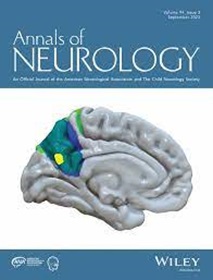Among patients with acute stroke, we aimed to identify those who will later develop central post-stroke pain (CPSP) versus those who will not (non-pain sensory stroke [NPSS]) by assessing potential differences in somatosensory profile patterns and evaluating their potential as predictors of CPSP.
In a prospective longitudinal study on 75 acute stroke patients with somatosensory symptoms, we performed quantitative somatosensory testing (QST) in the acute/subacute phase (within 10 days) and on follow-up visits for 12 months. Based on previous QST studies, we hypothesized that QST values of cold detection threshold (CDT) and dynamic mechanical allodynia (DMA) would differ between CPSP and NPSS patients before the onset of pain. Mann–Whitney U-tests and mixed analysis of variances with Bonferroni corrections were performed to compare z-normalized QST scores between both groups.
In total, 26 patients (34.7%) developed CPSP. In the acute phase, CPSP patients showed contralesional cold hypoesthesia compared to NPSS patients (p = 0.04), but no DMA differences. Additional exploratory analysis showed NPSS patients exhibit cold hyperalgesia on the contralesional side compared to the ipsilesional side, not seen in CPSP patients (p = 0.011). A gradient-boosting approach to predicting CPSP from QST patterns before pain onset had an overall accuracy of 84.6%, with a recall and precision of 75%. Notably, both in the acute and the chronic phase, approximately 80% of CPSP and NPSS patients showed bilateral QST abnormalities.
Cold perception differences between CPSP and NPSS patients appear early post stroke before pain onset. Prediction of CPSP through QST patterns seems feasible. ANN NEUROL 2025;97:507–520



